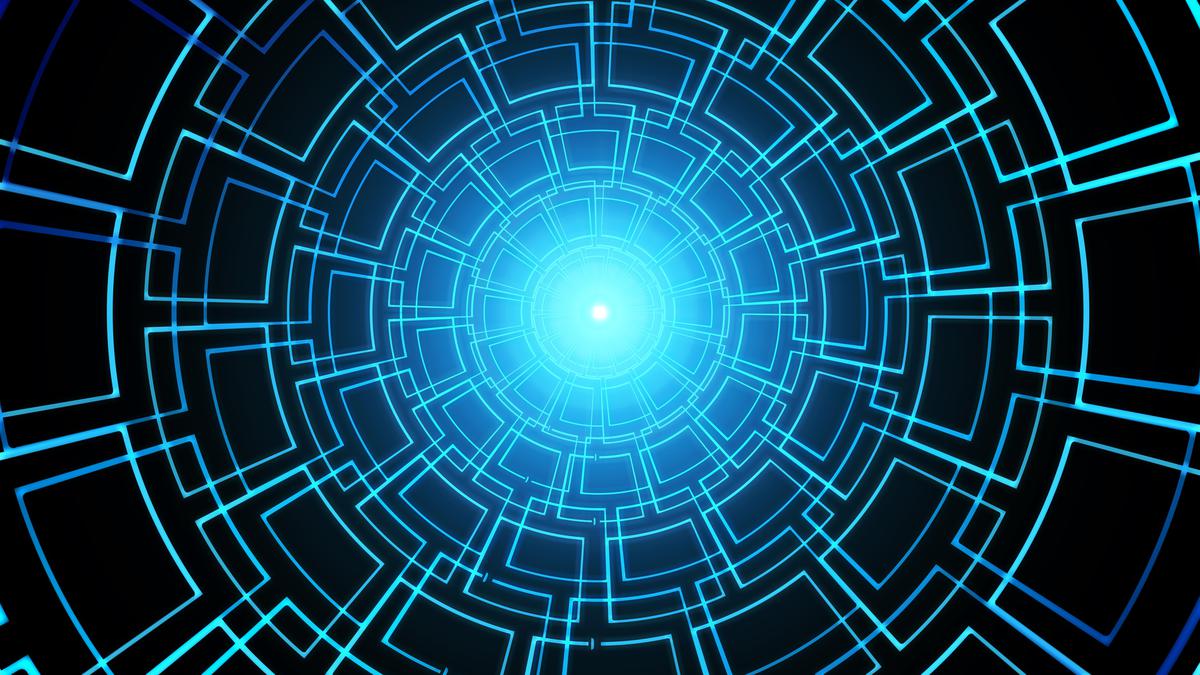
The ultra-careful quest to find the shape of the electron’s charge Premium
The Hindu
Physicists use extreme precision tests to search for flaws in the Standard Model. A new study used a strong electric field in the molecule hafnium fluoride to measure the electric dipole moment of its valence electrons, and concluded by finding no evidence of 'new physics'. This result precludes the existence of certain hypothetical particles and will help build future particle colliders.
Studies that test some physical property to an extreme precision are gaining in popularity these days because many physicists are intently looking for small chinks – too small for them to have noticed without a closer look – in a theory that is both powerful yet incomplete. This is the Standard Model of particle physics.
It predicts the existence of different particles; the last of them to be found was the Higgs boson, in 2012. But while the Model is incomplete, its zoo of particles and their combined interactions haven’t been able to explain many things about nature and the universe. For example, the Model doesn’t say what dark matter is and can’t explain dark energy. It doesn’t know why the Higgs boson is so heavy or why gravity is so much weaker than the other fundamental forces.
The Model also predicts that when the universe was created, it should have had equal quantities of matter and antimatter – which is clearly not the case.
The equal quantities of the two substances would have annihilated each other, releasing energy in the form of light, so the universe should have been full of light. Yet today, the universe has large amounts of matter and no antimatter. This is one important line of inquiry in the quest to find a flaw in the Standard Model, an edge that is incomplete and could lead the way to a ‘new physics’ to resolve some or all of these mysteries.
In a new study published in Science, researchers from the University of Colorado, Boulder, have reported that they couldn’t find evidence of certain kinds of such ‘new physics’ in an experiment with electrons. This experiment looked for the evidence at the highest precision to date.
The negative result is important because it will tell physicists which alternative theories are feasible. For example, if a theory predicts that an electron would do X in the presence of a very strong electric field, but the new study’s results disagree, then physicists now know to modify their theory to prevent this possibility. The previous such result from a different experiment told physicists that the evidence they were looking for wouldn’t be found at the Large Hadron Collider in Europe.
In 1967, the Soviet physicist (and Nobel Peace Prize laureate) Andrei Sakharov considered the matter-antimatter asymmetry problem and came up with a set of conditions that, if they’re met, would allow the universe to produce more matter and antimatter. These are (i) baryon number violation, (ii) C- and CP-symmetry violation, and (iii) baryon production rate must be slower than the universe’s expansion rate.













